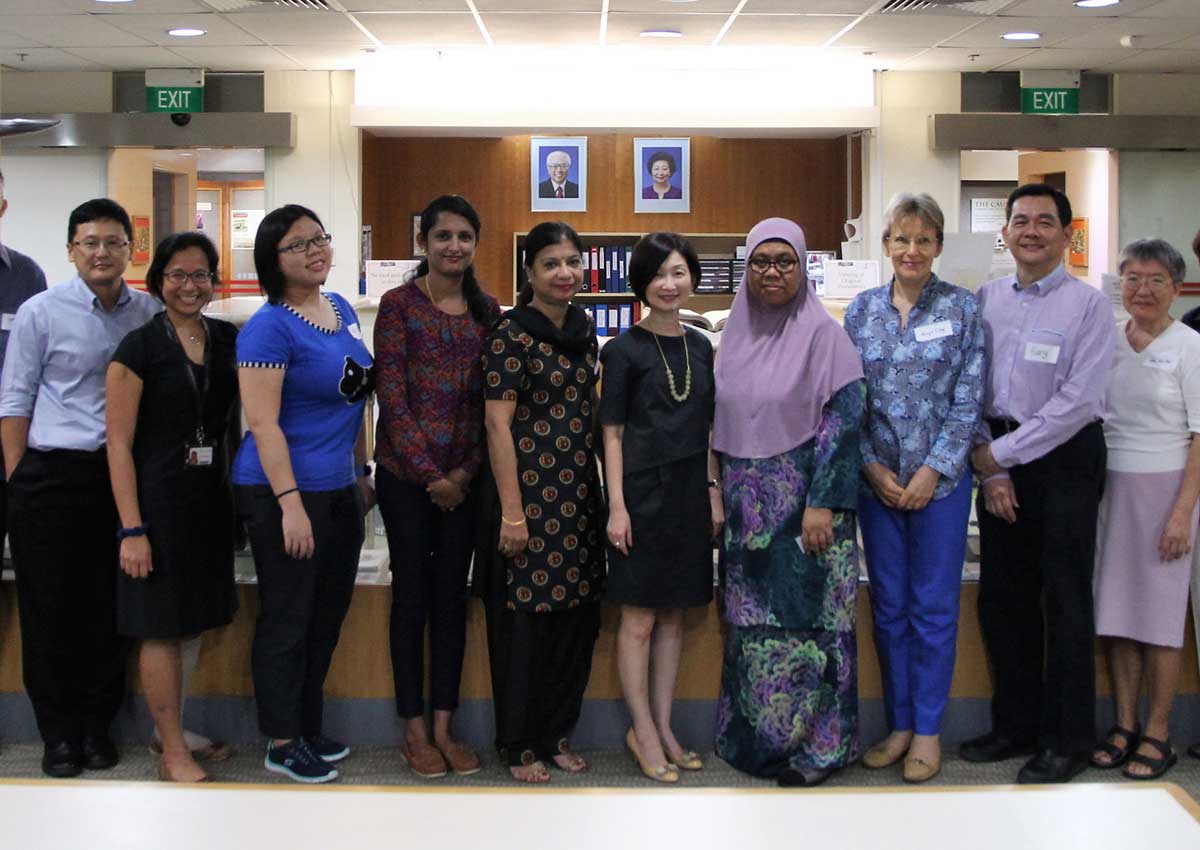EVERY day stories about leaking roofs, petty squabbles and rice and ghee rations may be mundane, but the Straits Settlements Records (SSR) are also a treasure trove of historical information about British colonial rule in Singapore.
Some records date back to 1807, even before Singapore became a British colony. The handwritten records give us an interesting insight into the matters colonial rulers dealt with on a daily basis.
As a part of the Citizen Archivist Project, the National Archives of Singapore (NAS) has put up digitised microfilms of these records on their website. Members of the public are welcome to help in transcribing them.
It is a monumental job as many of the papers in the SSR are in fragile condition. They are written in cursive handwriting and some are faded, smudged or illegible – making them difficult to decipher. It is therefore very rewarding for an archivist to be able to fathom and record for future generations the story of where it all began.
I should know, as I am one of the more than 250 volunteers who have contributed to the project. The NAS is hoping to transcribe a million of these records by 2019 – the 200th anniversary of Sir Stamford Raffles’ landing in Singapore.
More than 9,000 of these pages have been transcribed while another 1,600 old photographs have been described by the community so far, said The Straits Times in an earlier report.
Familiar names pop up in the SSR, previously identified only as roads and buildings. Cuppage Terrace is named after William Cuppage, the acting postmaster general in the 1840s. Purvis Street takes its name from John Purvis, a sheriff of Kampong Glam.
The pages are sprinkled with references to roads as we know them now – Beach Road, North Bridge Road, Arab Street etc.
Transcribers not only deal with an antiquated style of writing, but also with words from regional languages as well. Hindi makes an appearance with words like “bhatta” (allowance) and “sicca” (coin), for example.
It’s quite a linguistic feat to read through it all and, if not recorded now, many of these words will also disappear so it becomes even more difficult for future generations to decipher them.
The papers dealing with the early part of the 19th century paint the story of a region which was forested, undeveloped and rural.
It was in need of laws and charters to develop it. By the beginning of the 20th century, the tone of the records shifts from basic policy matters, to dealing with a more evolved government structure.
It is not all about government matters, however.
There are interesting nuggets like how, in 1858 Singapore was so infested with tigers that people had put up tiger pits in order to trap them and in turn receive a reward from the government for helping to clear the island of tigers.
The volunteer archivists are often stumped by the handwriting. Whenever a double “s” appears, it seems to be an “f” and “s” leaving them wondering if “afsefsment” was a word at that time.
This is where experience comes in handy. Knowing the context of the records also makes them easier to understand.
When written in cursive hand W and M seem the same.
Do the papers refer to Mr J. Kerr or W.J. Kerr? Passionate archivists even go to the extent of searching online for more information to get the correct spelling of names and places.
Transcribing is not something that can be taken casually.
Since history is being recorded, accuracy is of prime importance. All pages have to be transcribed as is, including spelling errors and abbreviations. Unreadable text has to be left alone.
The thoroughness of record keeping by the British colonists is praiseworthy.
Even more creditable is the massive effort being put in by the NAS to preserve the records in its repository.
It is a humbling experience to know where we came from, the hard work and effort that went into creating Singapore, and of the individuals who built their lives here.
It is at the same time enriching to be able to play a part in maintaining these old records and saving them for posterity.
It would be wonderful if more people came forward and volunteered their time to restoring these archives.
The story of Kunnuck Mistree
THE Straits Settlements Records (SSR) have scattered references to an Indian convict named Kunnuck Mistree. When pieced together, there emerges an interesting story of a man convicted of larceny and sent to Bencoolen in 1818.
He was moved to Singapore in 1825.
Mistree was working as a dresser in the convict hospital in Bencoolen and he continued to be employed in the same position in Singapore.
Over the years he won accolades and appreciation from his superiors and those who came in contact with him for his diligence and good conduct.
In 1846 he decided to apply for a ticket of leave which allowed him to live anywhere in Singapore and follow any profession of his choice.
He then worked as a native holistic doctor.
In 1856 when he was nearly 70 years old, he decided he would like to return to India to spend his last years and die on the banks of the Ganges river.
His appeal was granted, and he was allowed to return, but not before he had given away his land in Singapore for religious purposes.
His story, which would have been lost but for the SSR, gives a human face to the term “convict labour”. He spent nearly 40 years of his life in Singapore.
tabla@sph.com.sg

Get a copy of tabla! for more stories.






